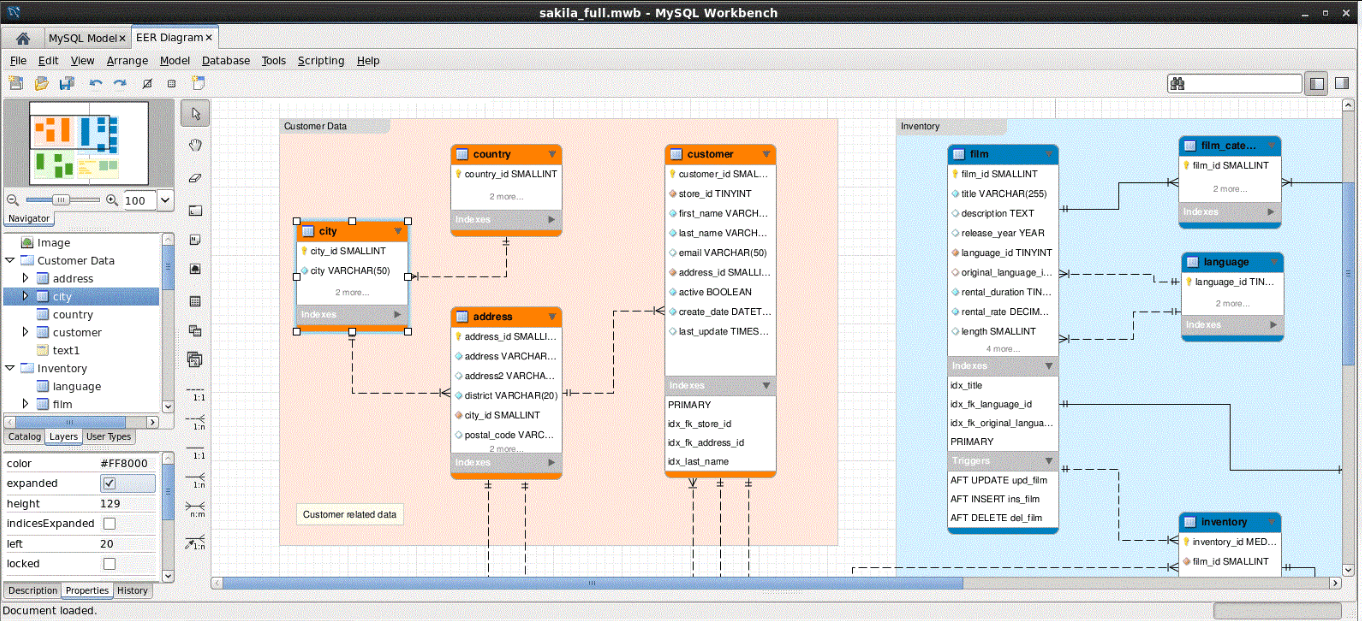

- #MYSQL DATABASE SERVER SET UP HOW TO#
- #MYSQL DATABASE SERVER SET UP INSTALL#
- #MYSQL DATABASE SERVER SET UP UPDATE#
- #MYSQL DATABASE SERVER SET UP FULL#
- #MYSQL DATABASE SERVER SET UP PASSWORD#
#MYSQL DATABASE SERVER SET UP PASSWORD#
Change the variables for both username and password to create your new user.Create a new user by typing the following line:.Change newdb with the name of the database.Use the following command to create a new database:.You’d either have to build a new database or create users with custom permissions. However, if you work with a team, there are cases where you might need to apply some restrictions.
#MYSQL DATABASE SERVER SET UP FULL#
#MYSQL DATABASE SERVER SET UP UPDATE#
UPDATE USER SET PASSWORD=PASSWORD(“newpassword”) WHERE USER=’root’ To change the root password, use the following commands:.Use the following command to reconnect to MySQL as root:.Press ENTER if the MySQL server has started but seems to be hanging.

Restart MySQL in safe mode, or without a password by typing in:.Stop the MySQL server with this command:.Follow the steps below to change your MySQL root password: If you want to reset your password, the process is pretty straightforward.

Type '\c' to clear the current input statement. Other names may be trademarks of their respective owners. Oracle is a registered trademark of Oracle Corporation and/or its affiliates. Commands end with or \g.Ĭopyright (c) 2000, 2020, Oracle and/or its affiliates. Type in the following command: mysql -u root -pĮnter the root password that you’ve created, and the response will be as below: Welcome to the MySQL monitor. Once you’ve MySQL installed on CentOS 7, you can test if everything was set up correctly by checking its version. You have successfully changed the root user password.
#MYSQL DATABASE SERVER SET UP INSTALL#
#MYSQL DATABASE SERVER SET UP HOW TO#
You can learn how to connect to your server via SSH by following our tutorial.

Download and Prepare the MySQL Repositoryīefore we begin learning how to install MySQL, make sure that either your VPS or dedicated server is running on CentOS 7 and you have root access to it. You can read more about it in their official website. We recommend keeping that in mind when choosing this OS. While CentOS Linux 7 is still supported, it will reach EOL on. Important! CentOS Linux 8 has reached it’s End of Lifetime (EOL) on.


 0 kommentar(er)
0 kommentar(er)
